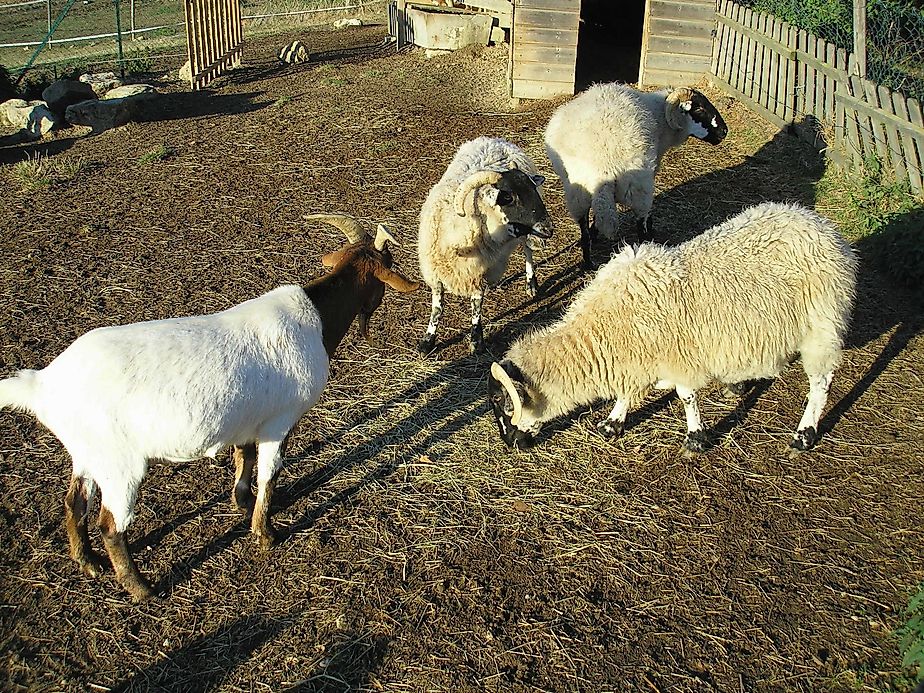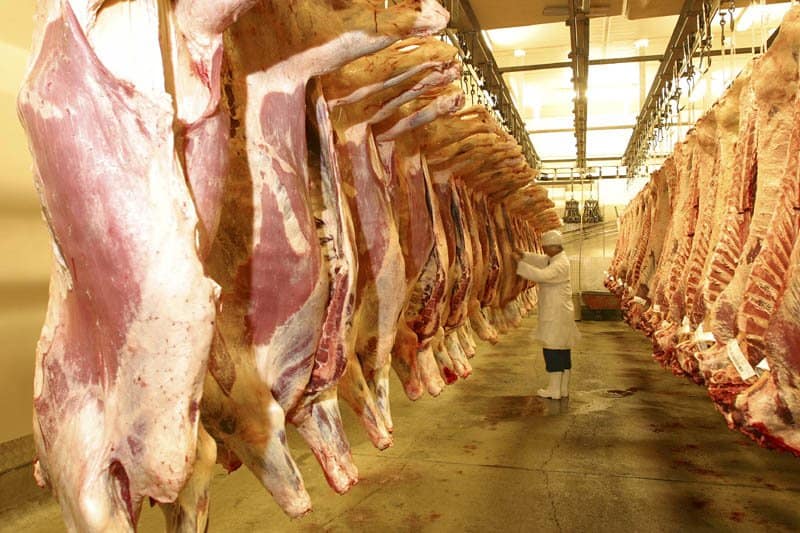
Cultures and education around the world teach that meat and dairy are necessary for good health and growth - in reality, consuming meat and dairy have been shown to cause a wide variety of health defects. So what does this mean for the present and future of humanity? It is important to address is that the general public does not realize the damage that meat consumption creates for the environment. It becomes apparent through this chart that meat and dairy-based foods require considerably more water to produce than plant-based foods. How much water is needed to produce foods in the meat (and dairy) industry? The following list contains the water usage per pound of everyday foods. Agriculture scientists are trying to implement methods of more efficient water usage, such as through drip irrigation however, much progress is still to be made before to sustainably facilitate a meat-based lifestyle. For animals, this includes the water that is needed to grow the crops consumed by livestock, water that is directly consumed by livestock, water used to scald the animals, and any remaining water used to cleanse/process the meat for marketing.

Animal agriculture is responsible for 18% of all greenhouse gases, whereas industry is responsible for 13%.Īround 80 - 90% of US water consumption is dedicated to agriculture production. While the transportation industry is a large producer of carbon dioxide and nitrous oxides, the quantity and potency of these gases are far less destructive to the environment than those of methane. However, most of us do not know that agriculture is actually an even bigger contributor. Most of us know that the transportation industry is one of the leading contributors of greenhouse gases. Methane is much more destructive than CO2, as it has a global warming potential 86 times that of CO2 on a 20 year time frame. The majority of greenhouse gas production results from waste product of livestock - primarily methane. This presents the problem of accelerating an increase in global temperatures through the greenhouse effect.

In fact, greenhouse gases are projected to increase by 80% by the year 2050. With a population of 319 million people, the United States is by far the greatest consumer of meat in the world.Īgriculture production is expected to increase to match the demand of an increasing global population.

In particular, the United States has the second highest rate of meat consumption for any given nation at 198.51 lbs per capita per year, falling just behind Australia at 198.87 lbs. Modern agriculture is now the number one contributor to a variety of factors that impose hazards to the environment, including and not limited to, an increase in rates of methane and CO2, overconsumption of water, overuse of land resources, waste production, water and air quality degradation, deforestation, and species extinction. Most cultures in the world have embraced a meat-eating lifestyle, as has been the case since agriculture became a prominent food supply thousands of years ago.


 0 kommentar(er)
0 kommentar(er)
